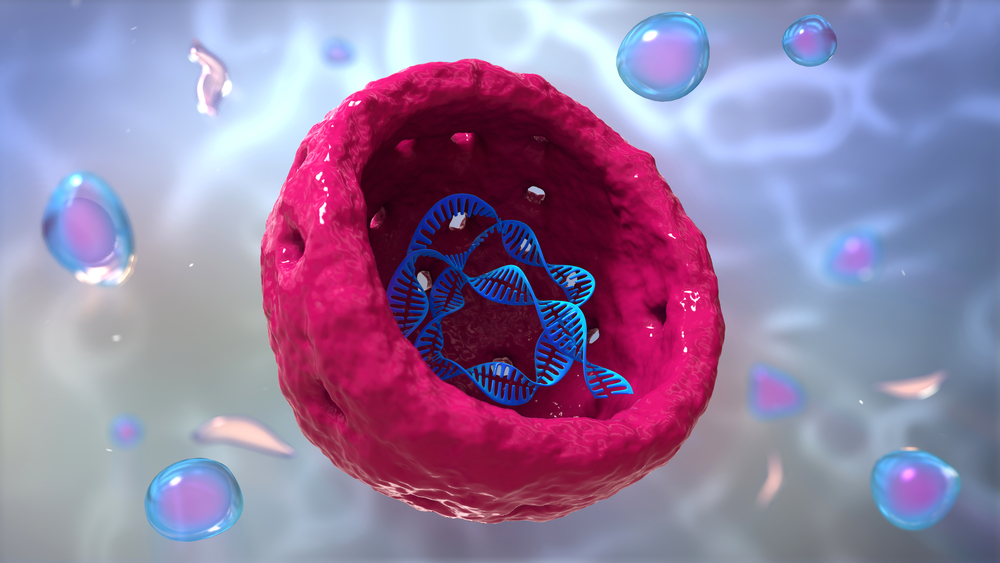U.K. Discovery of How ALS Cells Malfunction Opens Up New Treatment Strategies

RNA molecules that are not supposed to leave the cell nucleus might be responsible for driving neuronal cell death in people with amyotrophic lateral sclerosis (ALS), researchers from England’s University of Sheffield report in a study that suggests a way to prevent that from happening.
The research team discovered just how these molecules — which stem from repeat stretches of DNA — are able to leave the cell nucleus to cause damage and devastating disease.
The study, “SRSF1-dependent nuclear export inhibition of C9ORF72 repeat transcripts prevents neurodegeneration and associated motor deficits,” appeared in the journal Nature Communications. It is significant in that it allows researchers to better understand why neurons die in people with ALS.
Early experiments suggested that it might be possible to prevent the process, thereby slowing the progression of disease or even halting it.
Several genes, likely in combination with a host of environmental factors, have been suggested as contributing to ALS. The research team, which worked with scientists at the University of Cambridge, homed in on mutations in a gene called C9ORF72 — the most common genetic cause of ALS.
The mutations consist of repeat stretches of six DNA letters, which are turned to small protein pieces. The odd thing is that this is not supposed to happen.
Repeat sequences, like the one in the C9ORF72 gene, are relatively common. When a gene is turned into a protein, a messenger RNA (mRNA) molecule makes a copy of the DNA to be used as an instruction for protein production.
In a healthy cell, any unneeded repeat sequences are prevented from doing damage by being cut out from the mRNA before it leaves the nucleus. For reasons so far unknown, the C9ORF72 repeat sequences in ALS patients are not cut and trashed, and instead end up in the cell as proteins.
The team found that a protein called SRSF1 is to blame. It overrides the safety system by binding to the repeat mRNA molecules and carrying them out of the cell nucleus. Their experiments in lab-grown nerve cells and fruit flies showed that by removing this protein, it was possible to prevent neurodegeneration and movement abnormalities.
“This is a completely new approach to tackling the most common type of motor neuron disease,” Dr. Guillaume Hautbergue, lead study author from the Sheffield Institute for Translational Neuroscience (SITraN), said in a press release. “No one has yet attempted to prevent these repeated sequences of RNA from leaving the cell’s nucleus and it opens up new areas of investigation for gene therapy.”
The team now plans to test various approaches to prevent the process in mouse models of ALS. Its research might have implications far beyond ALS.
“Repeated RNA transcripts are also present in other neurodegenerative diseases, including Huntington’s disease, myotonic dystrophy, spinocerebellar ataxias and fragile X-associated temor/ataxia syndrome,” said Hautbergue.
“Although we are at a very early stage in our research, it’s possible that our approach could open up new possibilities for gene therapies for these diseases as well, once we have investigated how the RNA molecules carrying the disease-specific replicated sequences leave the cell’s nucleus to travel into the surrounding cytoplasm,” he added.






